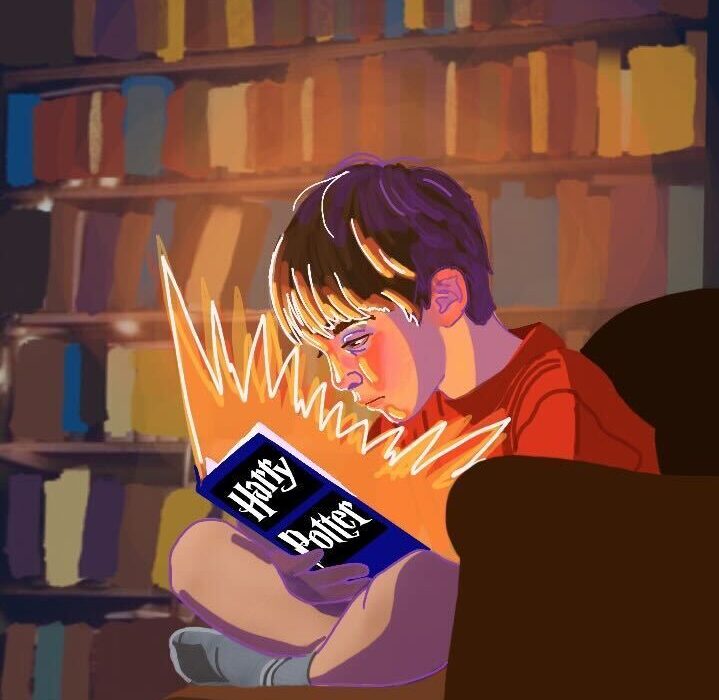When it comes to idols and artists we admire, we often create our own ideas and images of what that idol must be like. We create this fantasy version of them, injected with our own beliefs, views and values because when someone’s work speaks to us in such a way, we expect their opinions to reflect our own.
Unfortunately, the reality of who these individuals are is typically a horrid disappointment. The bitter truth is that while those idols may be Gods of their own creation, they are still flawed, sinful human beings and should be viewed as such. This brings up the excellent question of whether or not it is possible to separate art from the artist.
In answering this question, it is important to first understand that there is a reason for the saying “an artist pours their heart and soul into their work.”
The work of a creator will often contain their beliefs and values, both positive and negative.
Buffy The Vampire Slayer, for example, has been hailed as a feminist masterpiece with its depiction of strong female characters and LGBTQ+ representation. Yet, paradoxically it has also been retroactively considered to show early warning signs of creator Joss Whedon’s abusive, racist and misogynistic behaviors that would later come to light in 2021.
Besides the problematic double standards that exist within the show surrounding relationships, attitudes regarding abuse as well as the depiction and treatment of minority characters, Whedon was behind the scenes hurling insults and enacting predatory behavior onto the actresses of the show.
Television shows have an entire crew of actors, writers and directors, all of which bring their own views and beliefs into the finished product. Books, however, do not have such an influx of opinions and beliefs — usually it is solely limited to the author’s.
While the Harry Potter series has been praised for its story, character development and ability to appeal to such a wide audience, J. K. Rowling has become infamous for her controversial views regarding transgender rights and gender identity.
Throughout the saga of Harry Potter, there is an unnerving trend to masculinize villainous and unpleasant female characters, from Rita Skeeter’s “large mannish hands” to the “toadlike” Professor Umbrage.
Tonks, the one heroic female character who initially defies traditional gender roles regarding appearance, femininity and motherhood, is eventually made to conform to a more traditional role in which her individuality is stripped away before she is eventually killed off in the series.
At this point, a question is raised of whether or not an artist’s work can even be defended or separated from their beliefs and behaviors.
While authorial intent is something that must be considered for analysis and critique of a work’s themes and messages, it is important to remember that art is subjective, and that people can and will interpret something in a way that the original creator did not intend.
Take Fight Club, for example. The book and film adaptation offer a critique of the over-commercialization of the modern world, while condemning the ease of which toxic masculinity manipulates youth.
However, this message has fallen short on the very people it was meant to criticize.
Some celebrate the main antagonist, played by Brad Pitt, as an ideal example of what it means to ‘be a man,’ unaware that they are the very people who would fall for his grooming. Others view it as an attack on anti-establishmentarianism, despite the film skewering conformism and materialism just as much as toxic masculinity.
Another factor to remember is that the work of a creator, no matter how controversial, can also inspire others to make art themselves.
H.P. Lovecraft was considered to be extremely racist, even by the standards of his time. However, Lovecraft popularized the genre of cosmic horror, and his works and iconic characters like Cthulhu are still considered to be standards of the genre.
Despite Joss Whedon’s hypocritical mistreatment of women, his works inspired an increase in strong, proactive female characters as well as more mainstream LGBTQ+ acceptance in media. Whedon proved that ‘nerdier’ franchises could be extremely popular with general audiences, and he revived the concept of serialized story arcs in television shows. Without the success of Buffy The Vampire Slayer, shows like Lost or the Doctor Who reboot might never have aired.
Likewise, setting aside Rowling’s personal beliefs, Harry Potter proved that children can handle long stories with deep plot lines, characterization and mature themes. These books helped revitalize young adult fiction and paved the way for other children’s series such as Percy Jackson and The Olympians, The Unwanteds and His Dark Materials. Many of these series focus on themes of inclusion and acceptance to an even greater degree than Harry Potter did.
So, in regard to separating art from the artist, the truth is that there is not one definitive answer to whether or not this can or should be done. Some people can easily consume media without caring about who created it, while others feel like they can never enjoy something again if they believe the creator to be a terrible person.
For what it is worth, I believe that it is possible to love a piece of art while accepting its flaws and shortcomings and condemning the person who created it. We can not keep holding our favorite creators up on a pedestal. We need to see them for the flawed individuals that they truly are — warts and all.

